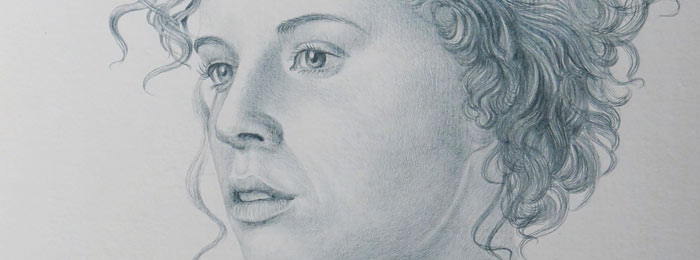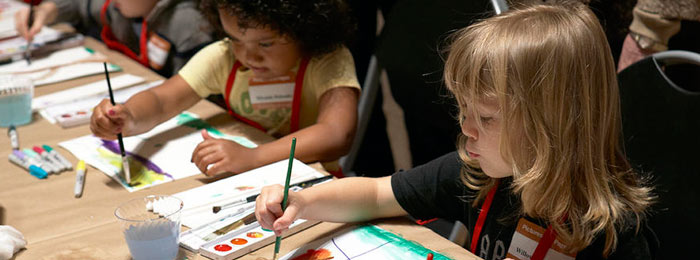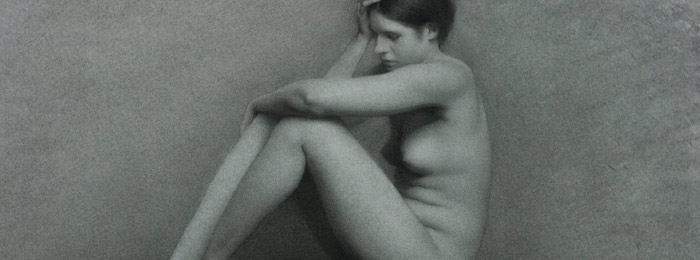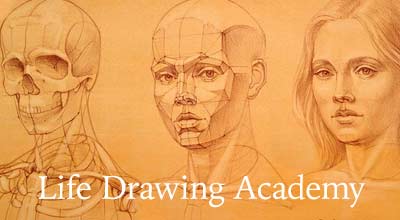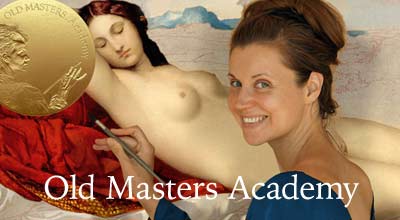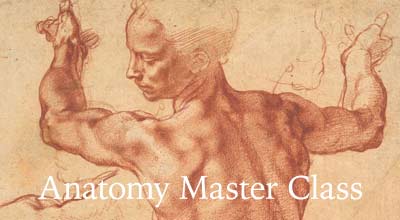Question from Daniel Michalovics, Drawing Academy student
Hi,
My name is Daniel. I live in Germany and I am glad that I have finally arrived at the Drawing Academy. I am currently working on Assignment 3 – Drawing in Perspective.
At this point, I must mention that when enrolling in the Drawing Academy, I did not know that there was a proposed list of assignments. However, I find this extremely helpful. The assignments seem to be in an order that is very easy to follow. I really appreciate this curriculum because in the past, I tried to make my own assignment list which was nowhere near as logical and target-oriented as the one found here. This one really encourages me to work hard on my drawing skills.
Here is my actual question. I tried to draw an imaginary set of pyramids with squares at their bottoms in a one-point perspective. How do I know how long I need to draw the edge of a square that is facing towards the vanishing point?
It must have some specific length so that the bottom plane is seen as a square with equal side lengths. From the rules of perspective, I know that this line must be shorter than the horizontal line at the front. However, when drawing from imagination, I can only guess its real length. Is there some kind of trick I can apply here?
I have seen a few internet videos that teach how to draw a perfect cube in a two-point perspective. However, the methods they show are rather complex. I prefer not to use them every time I try to draw a simple square. I also do not like the fact that these methods only cover a two-point perspective. If there is no simple method, how can I learn to estimate the length correctly? …


